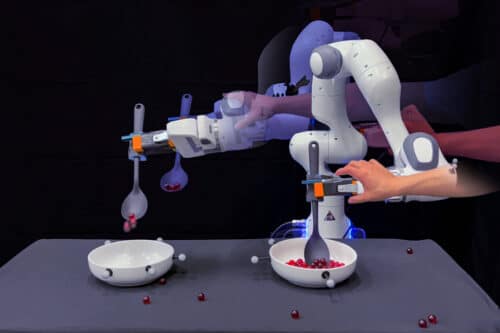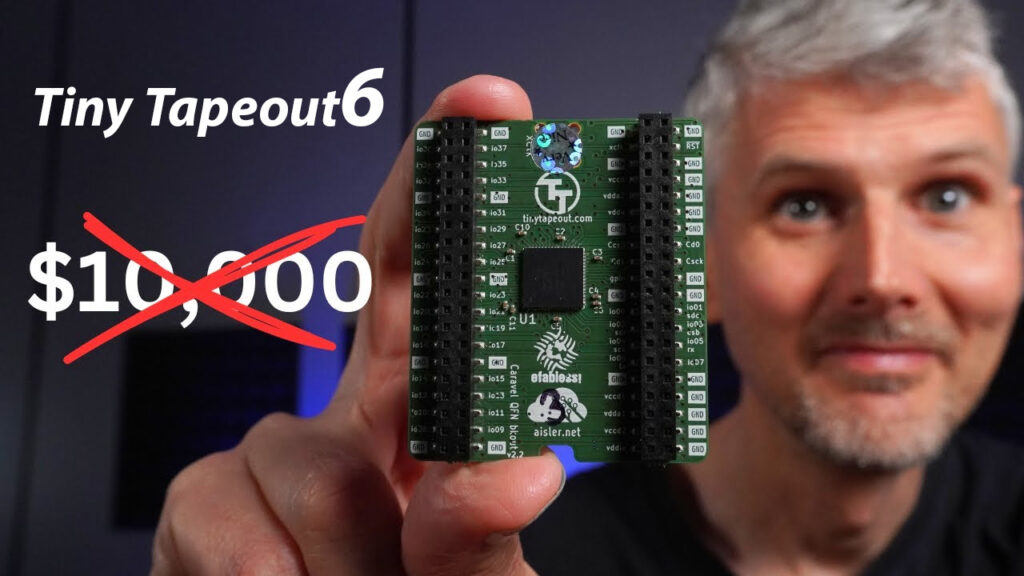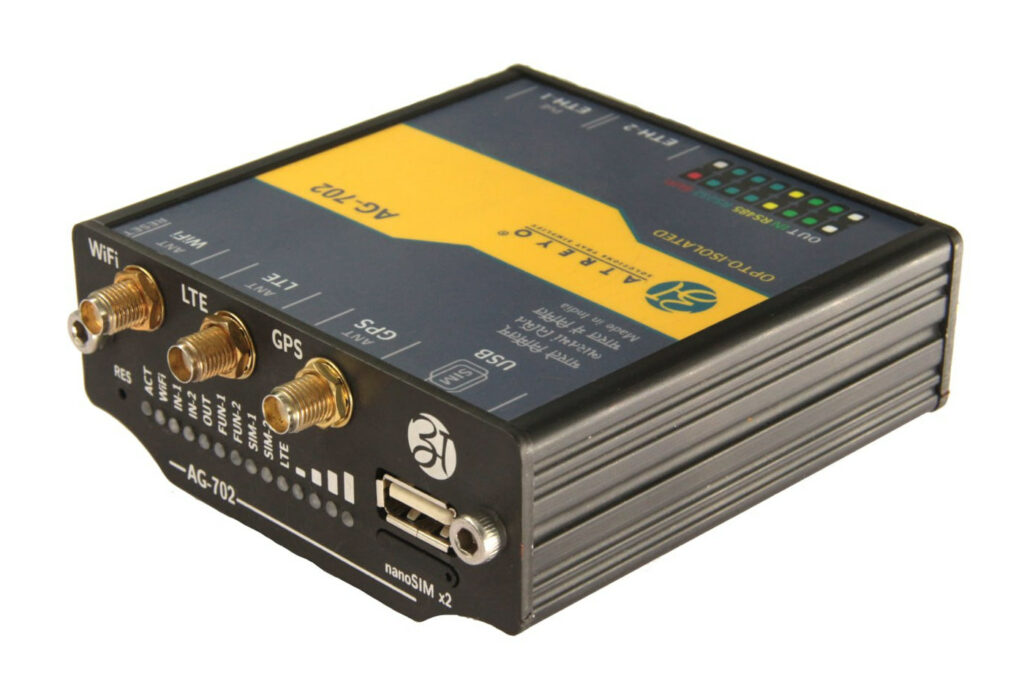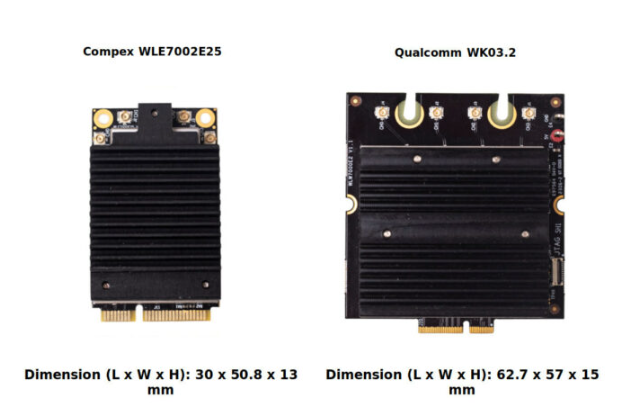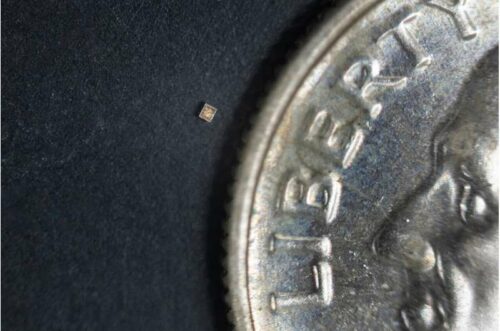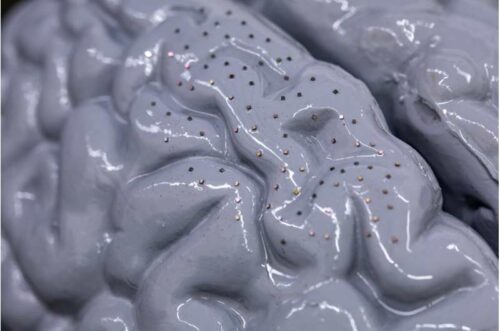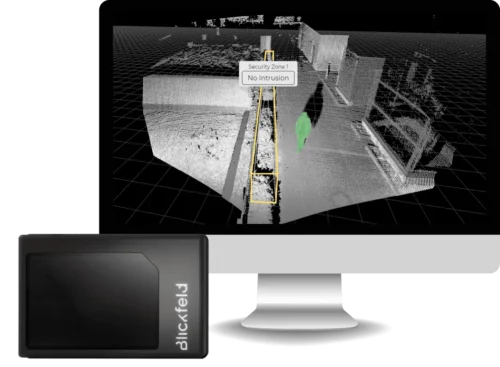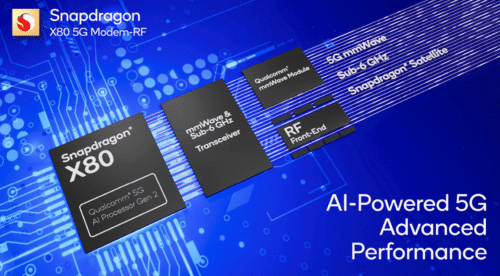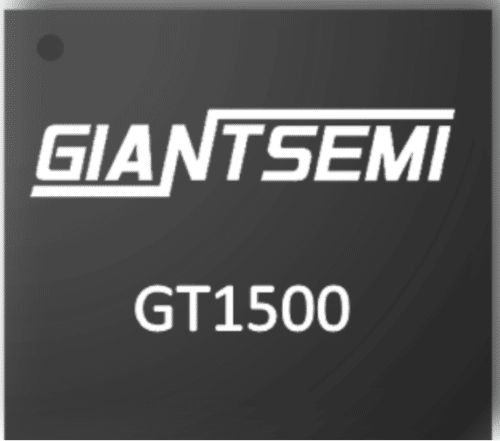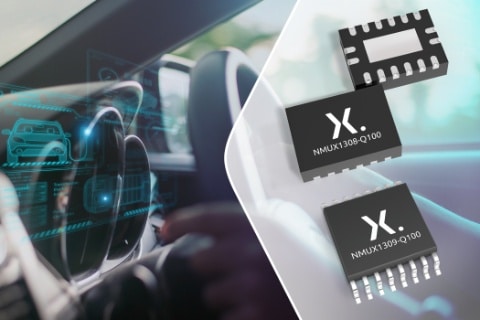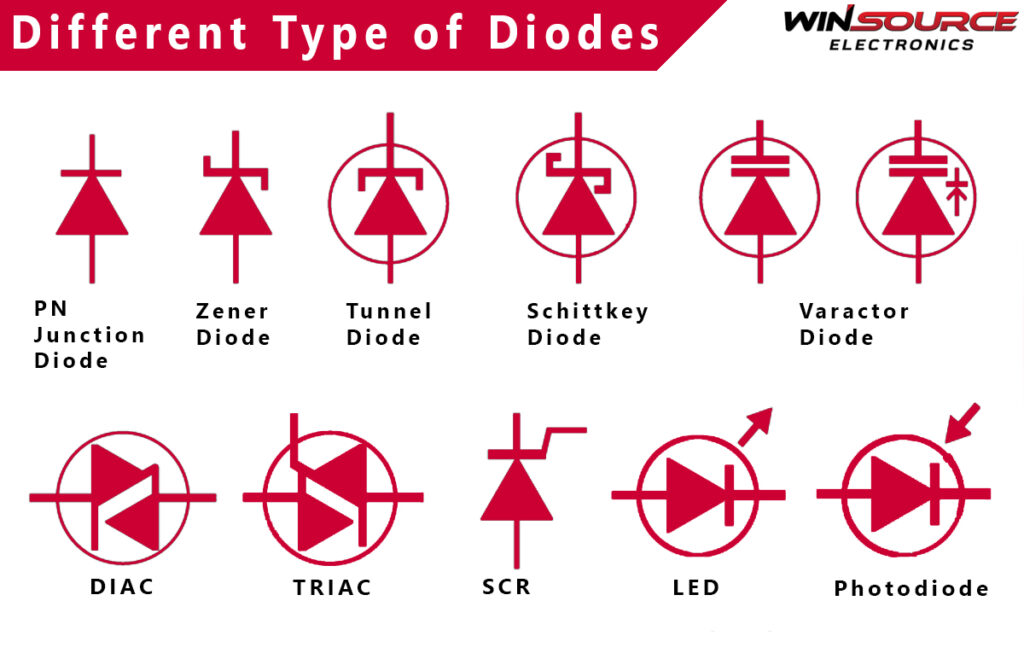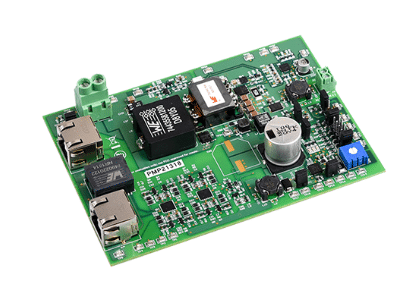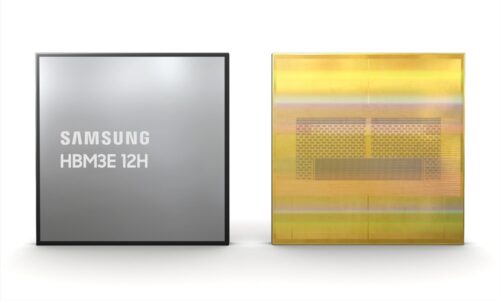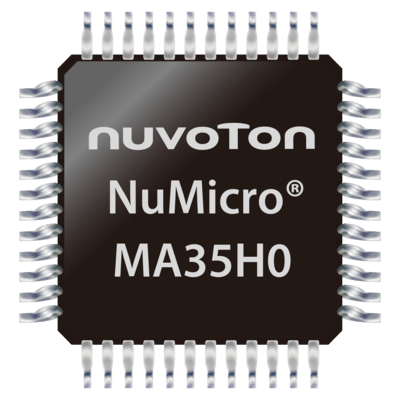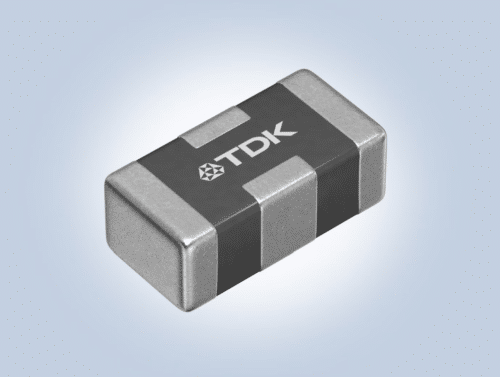This reference design revolutionises pacemaker detection in medical devices, offering precise control, seamless integration, and broad applicability in cardiac care technology.
The pacemaker is an essential medical device designed to regulate heartbeats in patients experiencing arrhythmias, such as tachycardia and bradycardia. This electronic device is surgically implanted just under the collarbone and consists of two main components: the pulse generator and the leads or electrodes. The pulse generator, which houses the battery and electrical circuits, generates electrical impulses that stimulate the heart muscles, ensuring regular contractions and a steady heartbeat. The leads connect the pulse generator to the heart’s right ventricle, enabling the transmission of electrical impulses throughout the heart.
Detecting the pacemaker’s electrical signals, or pace artifacts, can be challenging due to their small amplitude, narrow width, and varying slope, all compounded by background electrical noise. With the advancement in pacing therapy, a wide array of pacemaker modes is available, such as single-chamber and three-chamber pacing, each with its unique signal characteristics. Moreover, medical standards dictate specific conditions for pacemaker detection and the display of pacing artifacts.
This reference design, TIDA-010005 by Texas Instruments (TI), introduces a compact hardware-based circuit for pacemaker pulse detection during electrocardiogram (ECG) measurements to address these challenges. It visually indicates a valid pace signal through an onboard LED. It allows users to configure various parameters of the pacing signal, including amplitude, rise time, pulse duration, and polarity, using software and an onboard digital-to-analog converter (DAC). The design incorporates an analog-to-digital converter (ADC) for reading measured values.
The key features of this design encompass a range of functionalities to enhance pacemaker detection in medical devices. Firstly, it includes programmable thresholds, accurately detecting varying rise times, amplitudes, durations, and polarities. Secondly, the design incorporates an I2C bus interface, providing access to measured parameters and the conditioned pace signal for further analysis and processing. Additionally, it is designed to be compatible with Texas Instruments’ ADS129X series of ECG front-end devices, ensuring seamless integration. The versatility of the design is evident in its ability to identify various types of pacemaker signals, making it suitable for a wide range of applications. Moreover, the compact size of the circuit, measuring just 29 mm × 35 mm, allows for easy implementation in various medical devices.
This reference design has potential applications in different medical devices, including ECG patches, electrocardiogram devices, multiparameter patches, and patient monitors with ECG modules or subsystems. By enhancing the accuracy of pacemaker detection, this design contributes significantly to advancing cardiac care technology, ensuring more reliable monitoring and treatment for patients with heart arrhythmias.
TI has tested this reference design. It comes with a Bill of Material (BOM), schematics, test reports, PCB layout, and Gerber files. The company’s website has additional data about the reference design. To read more about this reference design, click here.
The post Reference Design For Software Configurable Pacemaker appeared first on Electronics For You.
View more at
https://www.electronicsforu.com/electronics-projects/reference-design-for-software-configurable-pacemaker.
Credit- EFY. Distributed by Department of EEE, ADBU:
https://tinyurl.com/eee-adbu
Curated by Jesif Ahmed
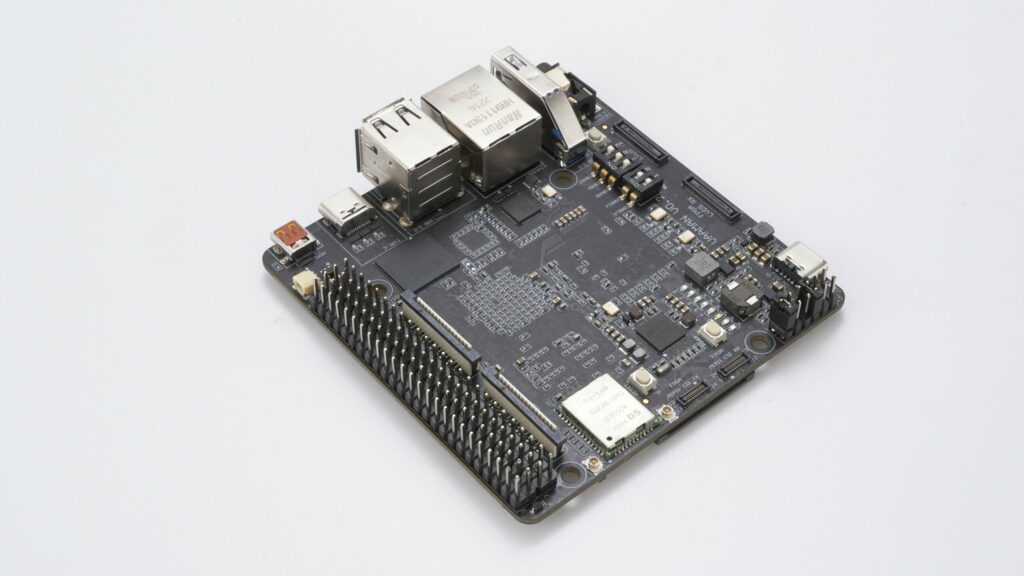
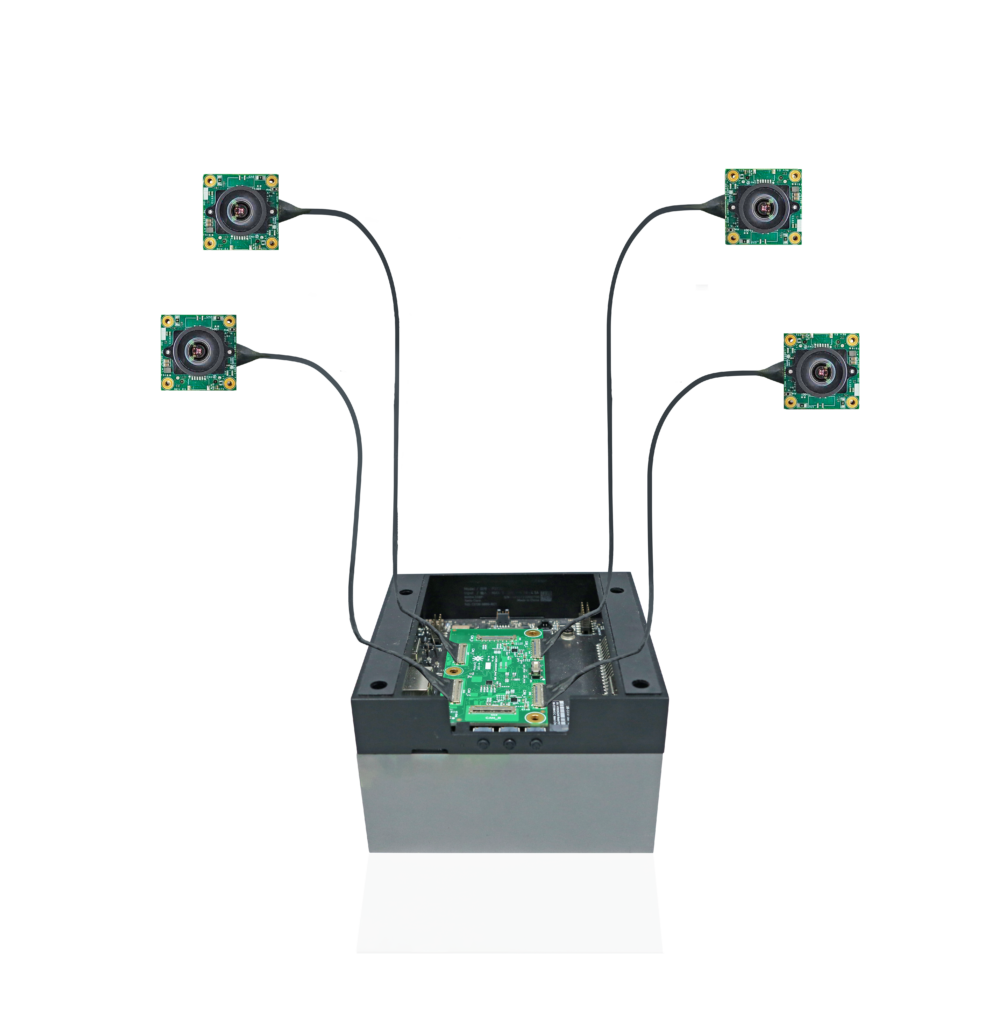
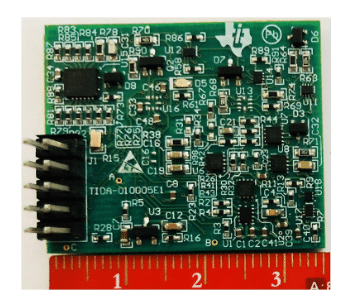
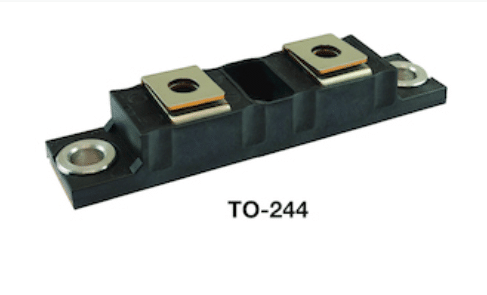
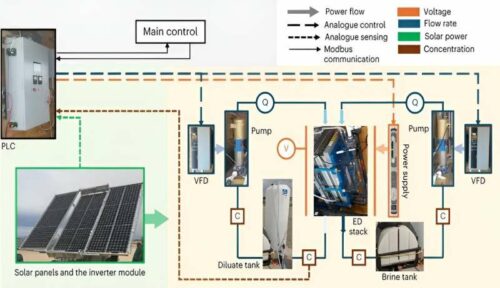
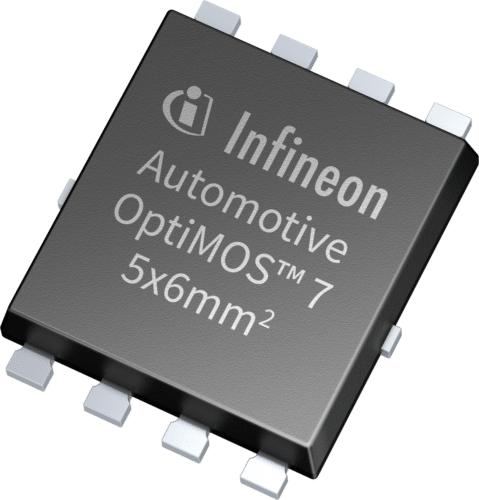
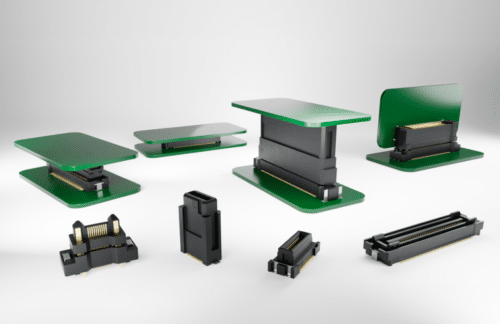
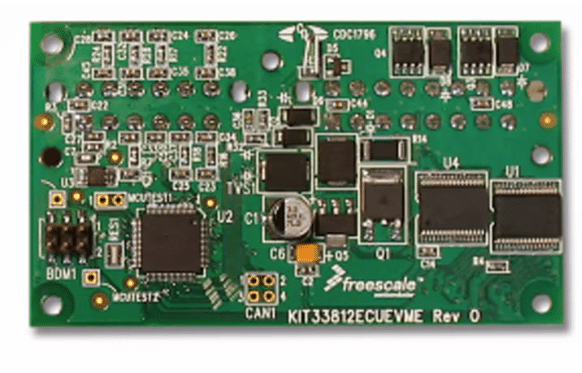
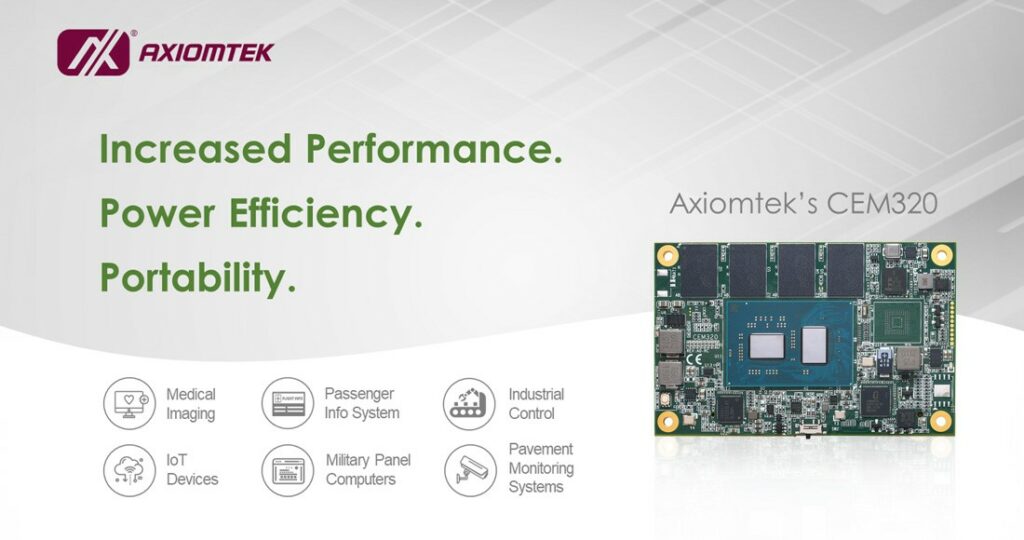
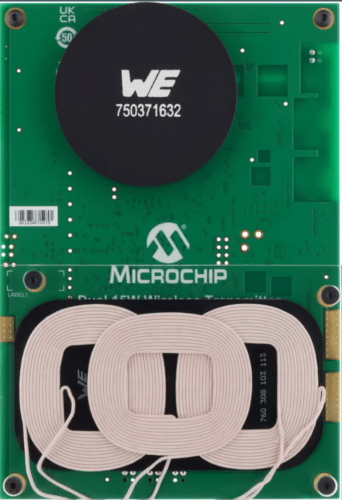
 to meet the security requirements of the standard. The design comprises the dsPIC33 DSC, the Trust Anchor TA100/TA010 secure storage subsystem provisioned as a licensed Wireless Power Consortium (WPC) Manufacturer Certificate Authority (CA), and other components depicted in the block diagram. We provide design files and software source code under the appropriate terms and conditions for a seamless design process and first-pass success.
to meet the security requirements of the standard. The design comprises the dsPIC33 DSC, the Trust Anchor TA100/TA010 secure storage subsystem provisioned as a licensed Wireless Power Consortium (WPC) Manufacturer Certificate Authority (CA), and other components depicted in the block diagram. We provide design files and software source code under the appropriate terms and conditions for a seamless design process and first-pass success.